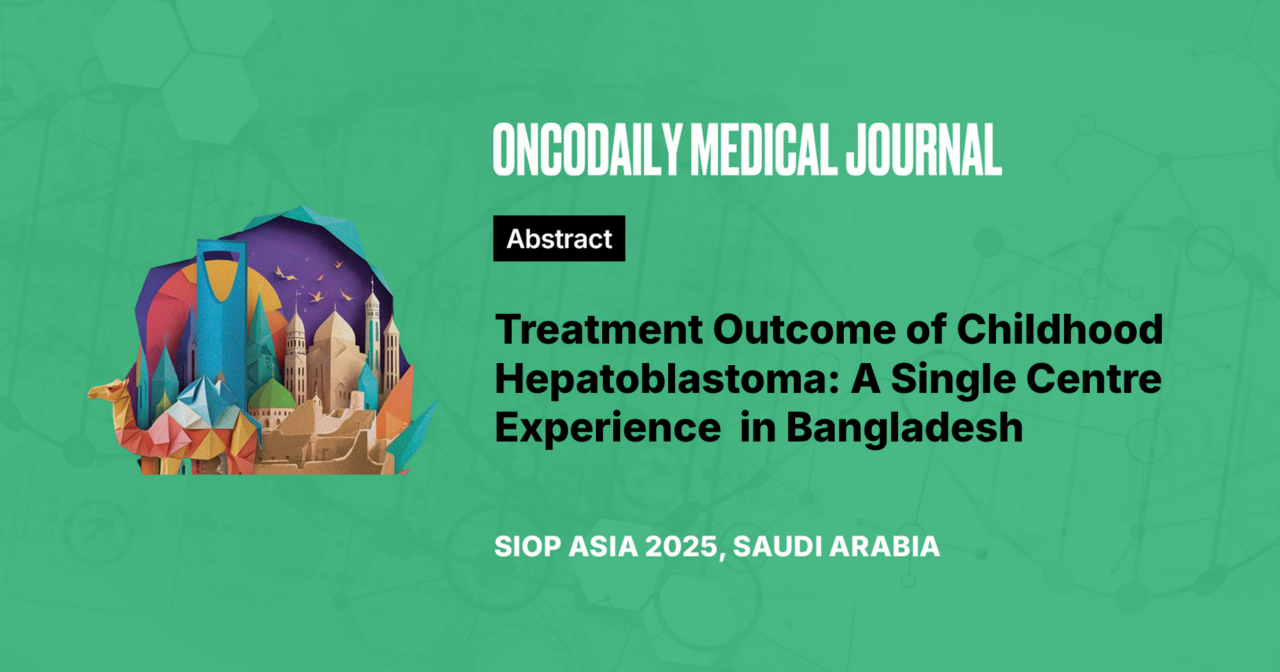Treatment Outcome of Childhood Hepatoblastoma: A Single Centre Experience in Bangladesh
Abstract
Introduction: Hepatoblastoma is a rare malignant liver tumor which occurs almost exclusively in childhood. Although surgical resection is the foundation of curative therapy in hepatoblastoma, with the use of effective chemotherapy the survival of patients with hepatoblastoma had improved significantly .
Objective is to evaluate the treatment outcome of childhood hepatoblastoma treated at a tertiary care Center in Bangladesh.
Methods: This prospective observational study was conducted for a period of 3 years from January 2012 to December 2014 in the Department of Pediatric Hematology and Oncology, Bangabandhu Sheikh Mujib Medical University, Bangladesh and another 5 years follow up was done . Patient’s data were analyzed for the clinical characteristics and survival outcome of the included patients.
Results: Twenty four patients who were diagnosed and treated for HB at our center were included in the study. Sixteen (66.5%) of them were male (M:F = 3:1 ). The median age of presentation was 2.8 years and 62.5% patients were below 3 years of age. The median time of diagnosis after onset of symptoms was 8 months. An abdominal mass (90%) and abdominal pain (59.8%) were the most common presenting symptoms. The serum alpha-fetoprotein at the time of initial evaluation was raised by 96% of patients.
The fetal histology (62.5%%) was the most common histological subtype. Two (8.3%), 7 (29.1%), 8 (33.3%), and 7 (29.1%) patients were found to have pre-treatment extent of tumor (PRETEXT) stages I, II, III, and IV, respectively. Seventeen (70.9%) children were classified as standard risk and 7 (29.1%) children as high risk. All the patients received neoadjuvant chemotherapy (NACT). Complete resection of primary tumor was possible in 11 (46%) patients. Out of the studied patients 12.5% developed relapse. Five-year overall survival was 70.8%.
Conclusion: In a resource-limited setting, treatment outcome of Hepatoblastoma with combined modality treatment is lower than other countries.





